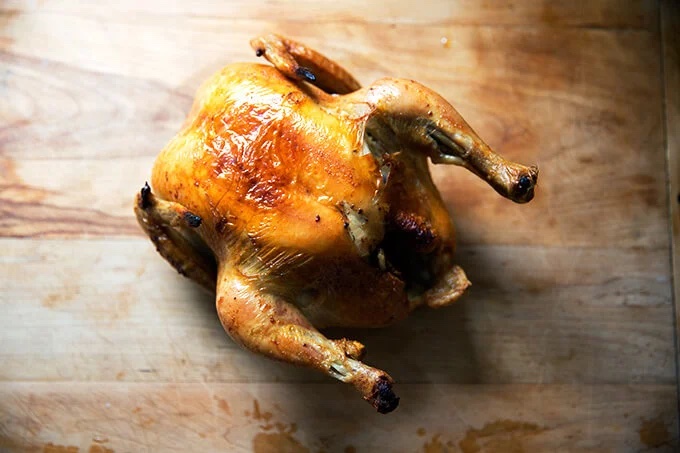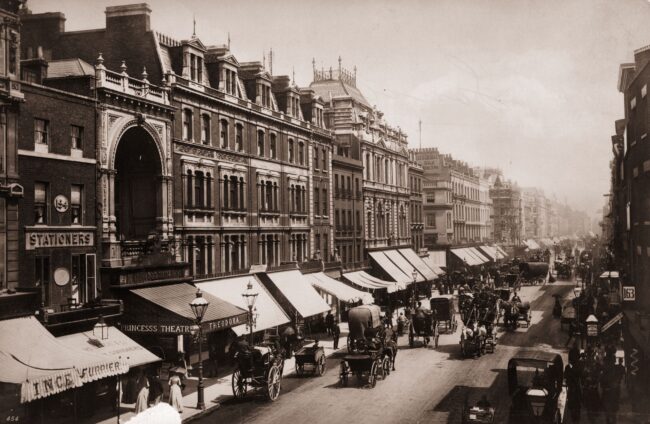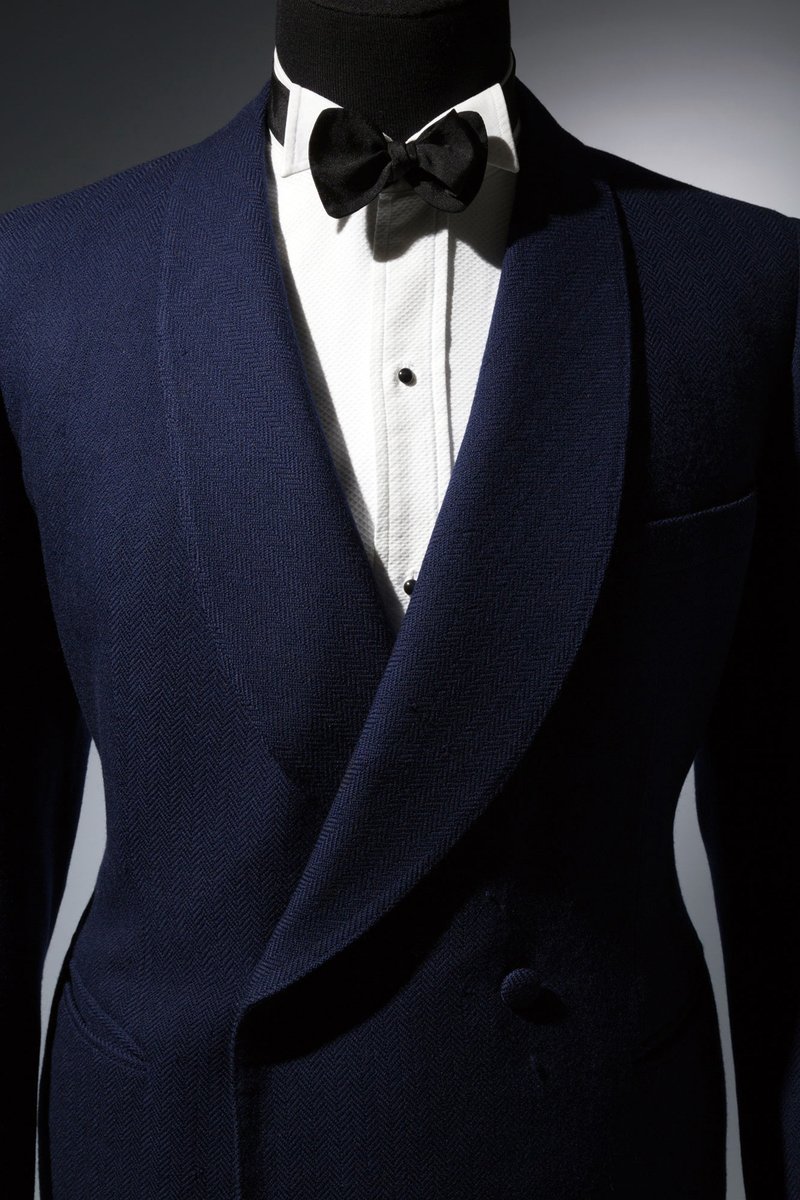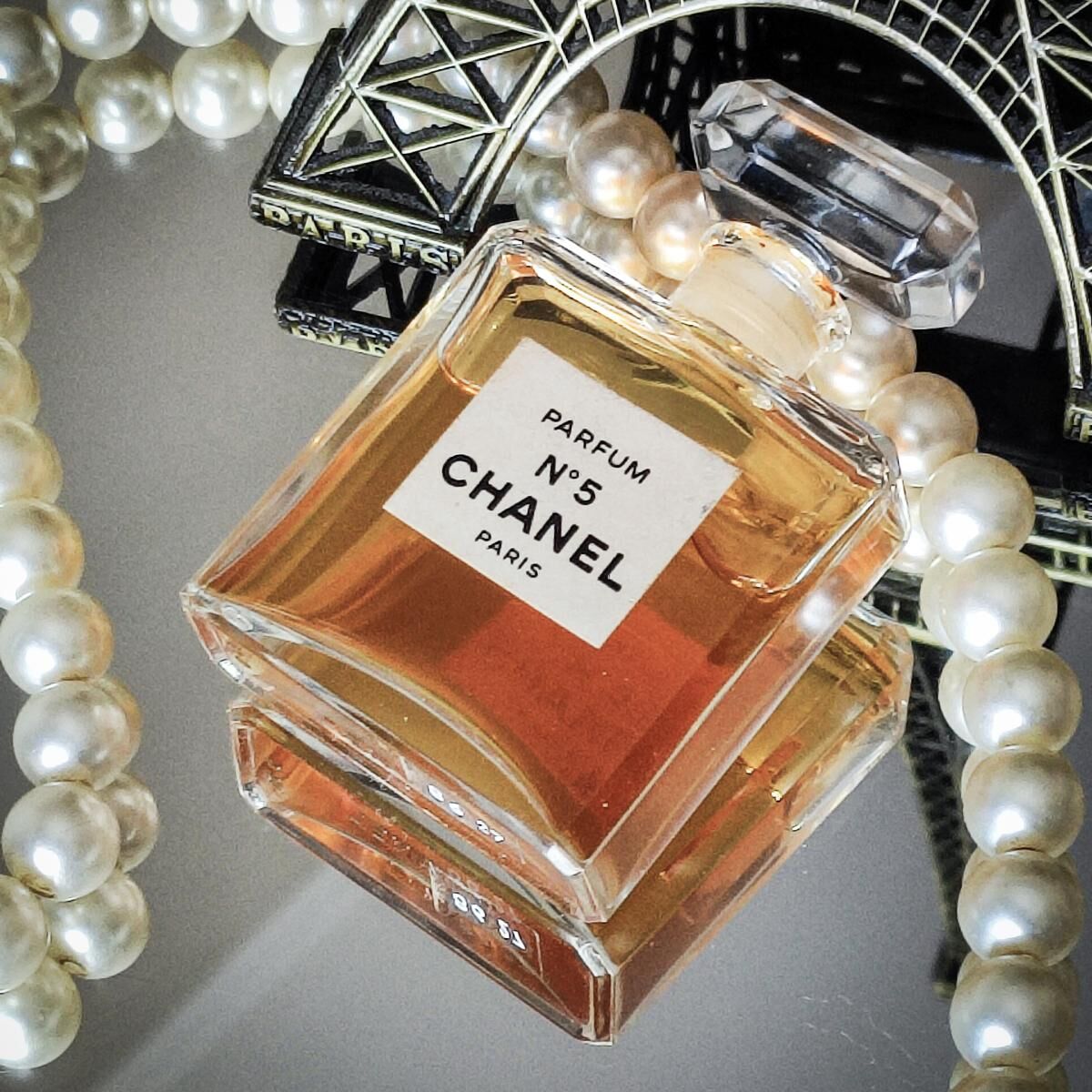The New York Times, a publication I've worked for and love, recently published a guide on the best men's jeans. Included are $300 APCs and $50 stretch jeans from two different brands. I have a different view on how to find the perfect pair of jeans. So here's a thread. 🧵 



I should start by saying that while I use the Wirecutter for all sorts of things, I don't think their format works very well for clothes. That's bc clothes are not like appliances or gadgets; they don't make for easy comparison. Matters of fit, silhouette, and taste are critical. 



A friend in the cashmere industry gave me a good analogy. "People who are into coffee have all sorts of ways to describe things," she said. "Coffee can be light or dark roast, washed or naturally processed, and have different notes. I wish ppl had the same language for clothes." 

Instead of thinking there is a "best" slim-straight jean or a "best" budget jean, you should develop a clothing vocabulary. This helps you understand details and identify what *you* like. So this thread is to help you expand your denim vocabulary. 



I'll start with my favorite: raw denim, which is denim that has not been pre-washed or -distressed. Prior to the 1970s, all denim was raw because stonewashing had not yet been invented. When you see photos of James Dean and mid-century rebels, they were wearing raw denim. 



There's a reason why washed denim took over: it's softer and more comfortable out the box (raw denim is stiff at first, like cardboard). The dyes don't bleed, whereas raw denim can turn white couches blue until you break them in. And they're easy to maintain (throw into wash). 



However, the fades look less natural. The advantage of raw denim is that if you're willing to put up with the break-in process and the weird washing methods, you can get a pair of jeans that looks *really* cool because they reflect your wear patterns. 







Since these jeans are typically made from shuttle loom denim, often using interesting yarns, you get more texture, which can result in interesting fades. Processed denim is typically made on projectile looms that result in a smoother, more uniform fabric.
Oni Denim vs Gap:

Oni Denim vs Gap:


If you're a nerd, like me, then raw denim can be as fun to explore as tailoring. Check out shops such as @selfedge (my favorite), @blueowlworkshop, @BlueinGreenSoho, @StandardStrange, Division Road, @OkayamaDenim, @tateandyokoshop, @dutildenimshop, and @rivetandhide. 

The jeans in those stores tend to be expensive ($250+) partly bc they're made in countries with high wages (e.g., Japan), use slow production methods (e.g., shuttle looms), and have small production runs. For something more affordable, check out @weargustin.
Their jeans are made in the USA with good materials, but since they sell directly to consumers through a pre-order window, they can offer raw denim jeans for ~$100. I like their new 1968 Vintage Straight Fit, as it's not too slim or full—just a nice straight leg with mid-rise 



Heddels also has a nice store guide (it's always useful to shop in person, as you can try things on and talk to sales associates who can explain why something is special). Look for stores in your city:
heddels.com/heddels-store-…
heddels.com/heddels-store-…
Along with raw vs washed, shuttle vs projectile looms, another "flavor note" is weight. Like all fabrics, denim comes in different weights. ~14oz is good for year-round wear. For warmer climates, try something lighter. Or go heavier if you want something that feels bulletproof. 



Wirecutter recommended slim-stretch jeans bc they're comfy. That's true, but stretch denim is harder to repair than pure cotton, esp if you use techniques like darning. Repairing not only keeps your clothes out of landfills, it allows you to keep wearing something you love.
I mainly took issue with Wirecutter recommending $300 APC jeans because I think they're a poor value. They said that APCs are "well made" and have "designer pedigree." That's generally true, but I encourage you to question what specifically this means.
For instance, Stevenson Overall Co's jeans cost $315. They're made in Japan using raw denim woven vintage Toyoda looms and made from Zimbabwe cotton. They feature handmade belt loops, single needle stitching, and leather-backed buttons for added durability. 



I don't have a pair of APC jeans here, but here's a pair of $330 Our Legacy jeans (also reasonably "well made" and have "designer pedigree"). I obviously like them, which is why I bought them, but you can see how they lack the construction above. Know what you're paying for. 



The most important "flavor note" is silhouette, which is the shape (or cut) of your jeans. If you have a rock n roll style, maybe you want skinny, low rise jeans. If you want something to wear with sport coats, you'll want a mid-rise, straight legged cut. 



There's no one cut that's best for everyone, even if two people have the same build, because much depends on your desired aesthetic and wardrobe. This is about *taste* and *cultural expression*. It's impossible to answer what are the "best jeans" without knowing more about you. 






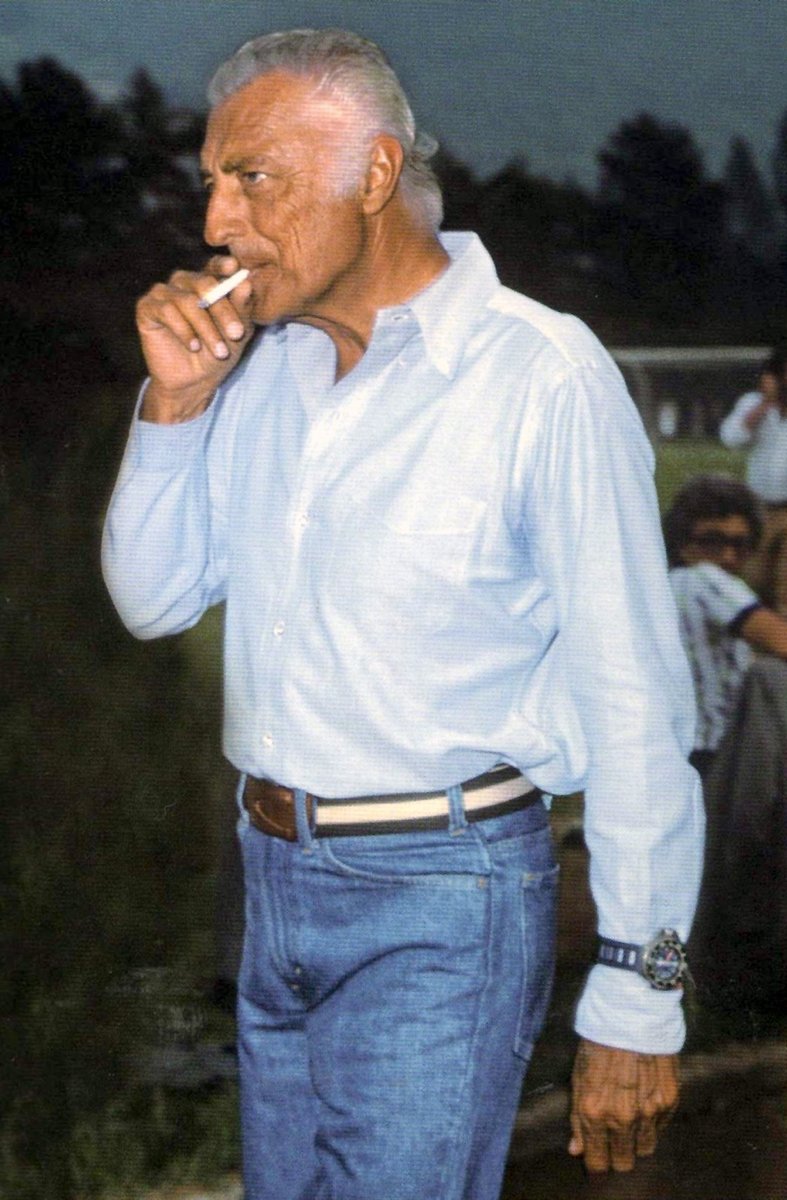
I'll end with a few recs: don't neglect classic brands like Levi's, Lee, and Wrangler. My friend @kornyazngurl wears a lot of bootcut Levi's and Wranglers. The second pic is of Wrangler Cowboy Cut bootcut jeans in rigid denim, which are just $40 retail. 



You can also shop vintage. @DavidLaneDesign here can be seen wearing made-in-USA Levi's 501s from the 1980s and '90s. For vintage shopping, check Slash Denim (Berkeley), Front General Store (NYC), Wooden Sleepers (Tuckahoe), and of course eBay and Etsy.
If you want to explore the world of high-end raw denim, check @selfedge (the jeans below are from their shop). I've been recommending @3sixteen's SL-100x as a starter jean for 10+ years. However, @weargustin's new 1968 Vintage Straight Fit is also great for under $100. 



I know most people reading this thread are looking for an easy answer—a selection of maybe three items that they can click and buy. But I think the road towards finding the perfect pair of jeans is more complicated. It starts with building a vocabulary to identify "flavors." 

By understanding differences in fabric, detailing, and cut, you can start to think about what makes the most sense for your build, wardrobe, and lifestyle. My hope is to move you a closer to finding something you LOVE, not just wear. 







Sorry, I neglected to mention: I always *strongly* recommend shopping off-the-rack, as you can put things back on the rack if you don't like it. But if you need custom jeans, check out Todd Shelton, Williamsburg Garment Company, Blackhorse Lane Ateliers, and Raleigh Denim. If you're a difficult fit off-the-rack, they can help.

• • •
Missing some Tweet in this thread? You can try to
force a refresh





